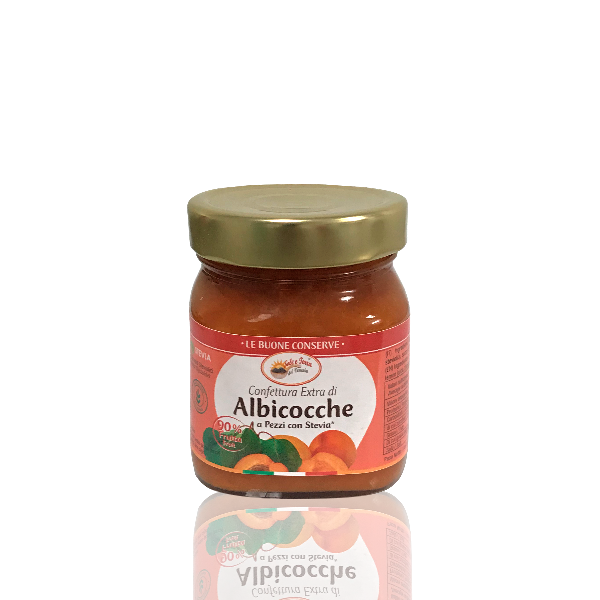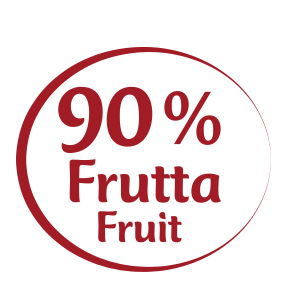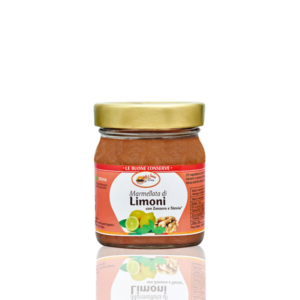Additional information
| Source area | Mount Somma - Napoli - Italy |
|---|---|
| Nutritional Intake | High content of calcium, good content of manganese, copper, potassium, phosphorous, iron, soluble fiber (β-glucan), insoluble fiber, and a discrete percentage of acetylsalicylic acid. Good presence of fructose and sorbitol. The fresh fruit is rich in vitamin B (B1, B3, B5, B6, B9), vitamin C, D3, E, K1, carotenoids (β-carotene), lycopene and pro-vitamin A. |
| Period of transformation | From the second week of June to the second week of July |
| Trivia | The Neapolitan word for apricot is crisommola (or crisuommolo): its etymologic origin derives from the fusion of two Greek words, chrysus and melon, which are translated in aureo pomo (golden tomato). |
| Source area | Germania |
|---|---|
| Nutritional Intake | Stevia Rebaudiana is a herbaceous plant known for centuries for its sweetening power, thanks to the presence of dipertenic glycosids like stevioside (3-10% dry weight, which gives the typical licorice taste), and rebaudioside A (1-3% dry weight)concentrated in the dried leaflets 200 times sweeter than common table sugar (stevioside, in particular, is 200 times sweeter and rebaudioside is 250 sweeter than common table sugar). On the market, steviol glycosides are usually mixed with a natural polyalcohol (erithritol), with sweetener function and neutral flavor. Stevia is a powerful anticariogenic, with very low calories and perfect for diabetics; it can resist high temperatures without degrading and assume hypoglycaemic and hypotensive features when consumed in considerable quantities. Unlike table sugar, stevia is not a refined sugar: it is obtained by the crystallization of hydroalcoholic extracts released by leaflets during the water processing. Calories indicates on the label actually derive from sugar added for shelflife necessity. A product that contains Stevia as added sweetener should expire in less than six months. |
| Period of transformation | The period of use fits the availability period of fresh fruit used for the final product. |
| Trivia | The first information concerning this plant dates back about to 1850: it was used as sweetener by indigenous people of Amazon area of South America. The name “Rebaudiana” derives from the Paraguayan chemist Rebaudi, who extracted the first sweetening agent from the plant. Stevia has been used as sweetener in Japan since the 1970’s. |






 Apricots 90%
Apricots 90% Glucose-fructose syrup
Glucose-fructose syrup Erythritol
Erythritol Steviol glycosides
Steviol glycosides Lemon juice
Lemon juice Pectin
Pectin






